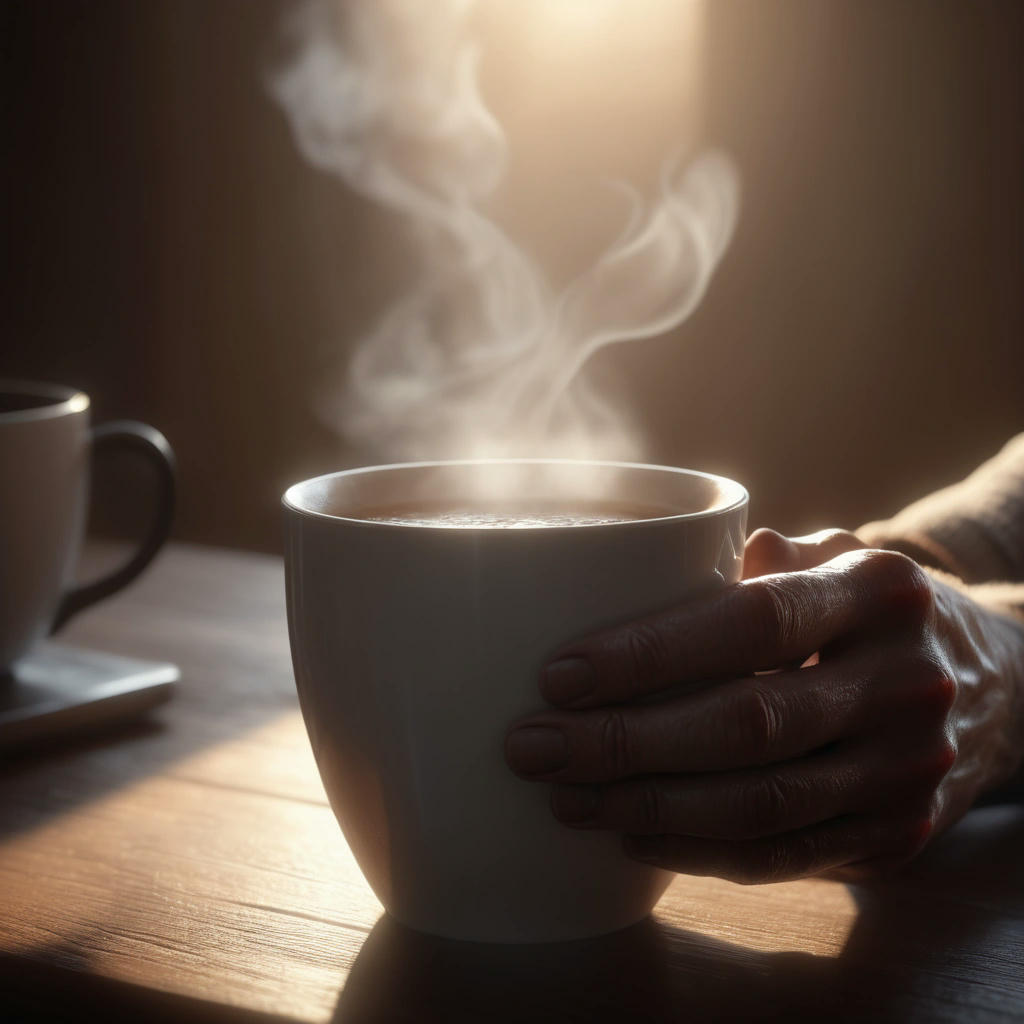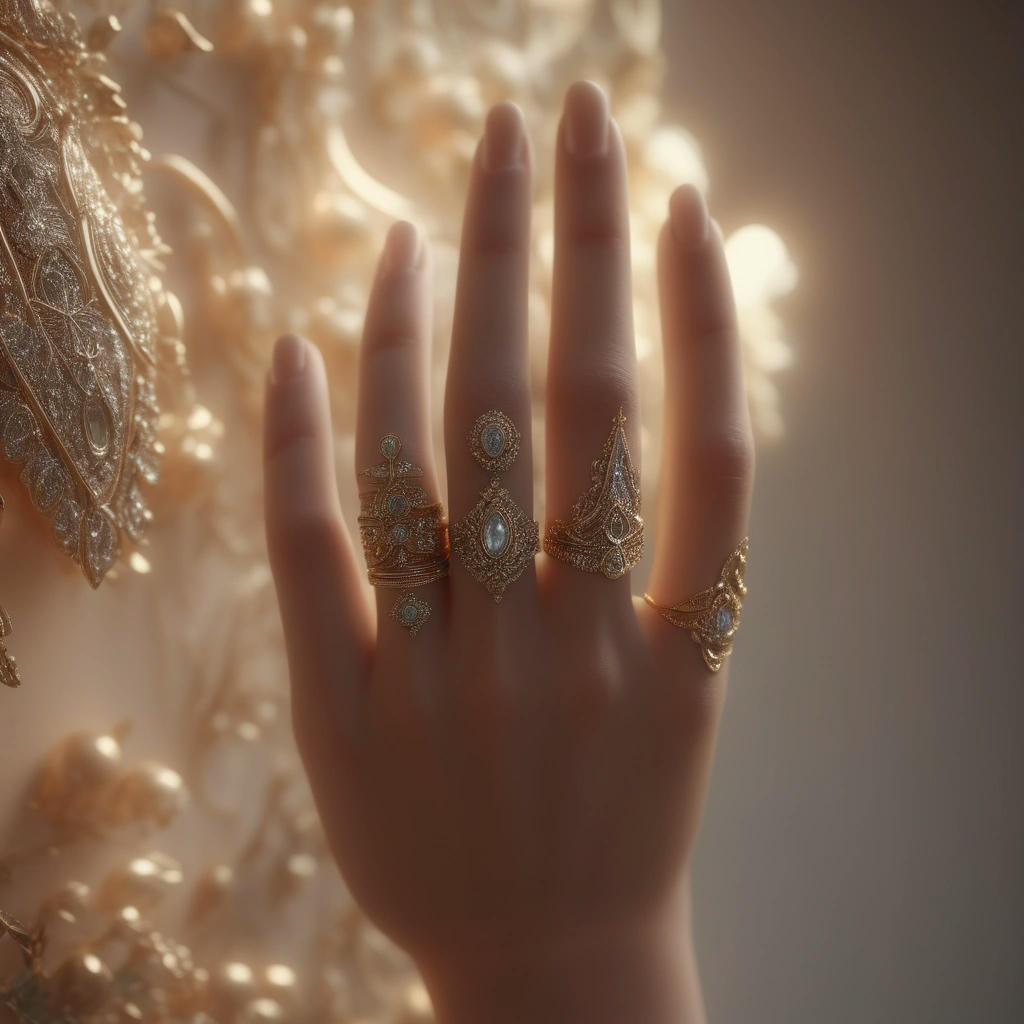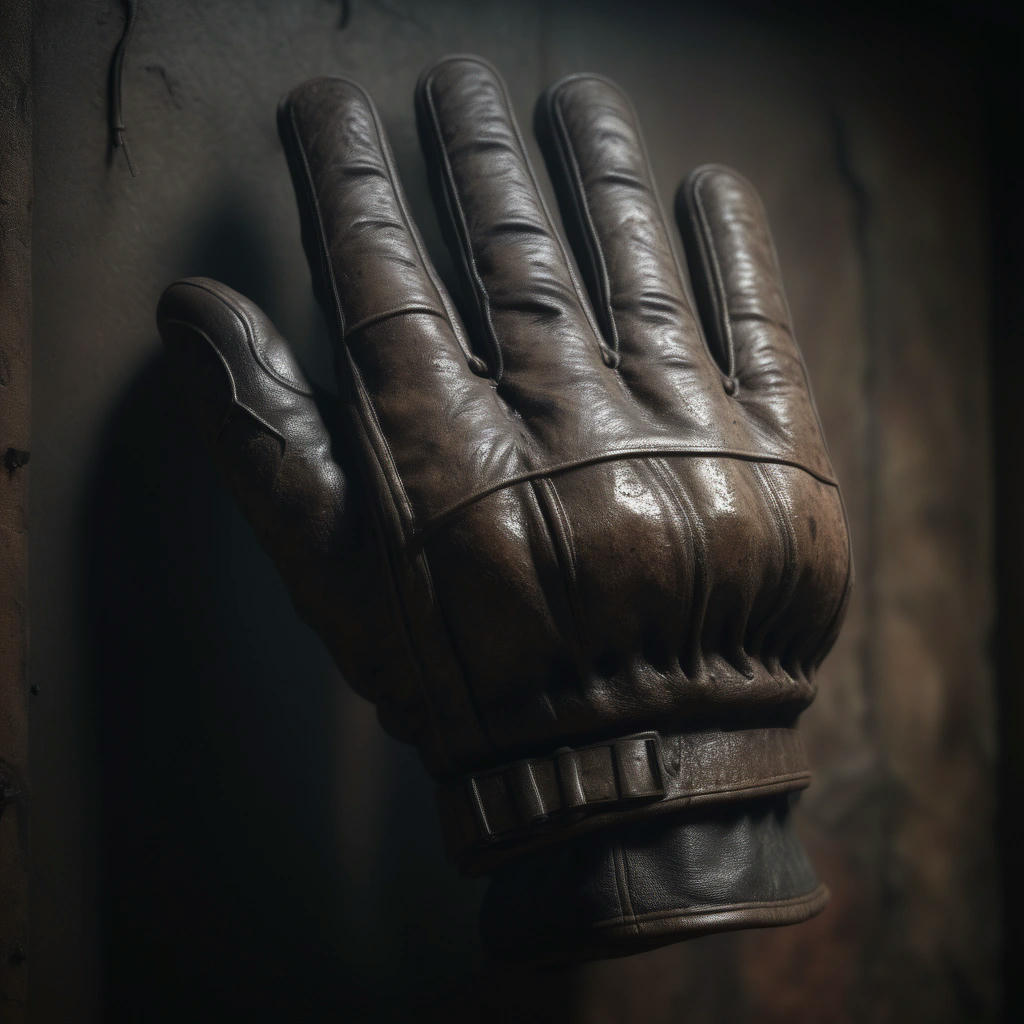As the field of image generation continues to evolve, prompt engineering has emerged as a crucial aspect of producing high-quality, realistic images. A well-crafted prompt can make all the difference in generating an image that meets your desired specifications. In this guide, we'll delve into the world of prompt engineering, focusing on the techniques and best practices for getting hands right on image generation.
Understanding the Importance of Hands in Image Generation
Hands are a crucial aspect of human anatomy, and their accurate representation is essential in image generation. Hands can convey emotions, intentions, and even tell a story. In the context of image generation, hands can make or break the realism of an image. A poorly generated hand can detract from the overall quality of the image, while a well-generated hand can elevate the entire scene.
The Anatomy of a Hand
Before we dive into prompt engineering, it's essential to understand the anatomy of a hand. A hand consists of 27 bones, 29 joints, and over 120 ligaments, tendons, and muscles. The complexity of the hand's anatomy makes it a challenging subject to generate accurately.
Prompt Engineering Techniques for Generating Hands
Specificity: Be specific about the hand's pose, gesture, and anatomy. Instead of using vague prompts like "a hand," try "a hand with fingers curled around a coffee cup" or "a hand with the index finger extended, pointing towards the horizon."
Descriptive Adjectives: Use descriptive adjectives to add detail to your prompt. For example, "a delicate hand with slender fingers" or "a rugged hand with prominent veins."
Contextualization: Provide context to the hand's environment. This could include the surrounding objects, lighting, and atmosphere. For example, "a hand holding a paintbrush in a dimly lit studio" or "a hand grasping a hiking pole on a misty mountain trail."
Reference Images: Use reference images to guide the generation process. This could be a photograph or an illustration of a hand that you want to replicate. For example, "a hand similar to the one in the painting 'The Hand of God' by Michelangelo."
Style and Aesthetic: Specify the style and aesthetic you want to achieve. For example, "a hand with a stylized, cartoonish appearance" or "a hand with a realistic, photorealistic texture."
Example Prompts for Generating Hands
Here are some example prompts that demonstrate the techniques mentioned above:
Best Practices for Prompt Engineering
Keep it Concise: While it's essential to provide detail, avoid overly lengthy prompts. Keep your prompt concise and focused on the key elements you want to achieve.
Use Consistent Terminology: Establish a consistent vocabulary and terminology to avoid confusion. This will help you refine your prompts and achieve better results.
Experiment and Iterate: Don't be afraid to experiment and iterate on your prompts. Analyze the results, identify areas for improvement, and refine your prompts accordingly.
Use Reference Images Wisely: Reference images can be incredibly helpful, but use them wisely. Avoid using low-quality or poorly lit images, as they can negatively impact the generation process.
Stay Up-to-Date with the Latest Developments: The field of image generation is constantly evolving. Stay up-to-date with the latest developments, and adapt your prompt engineering techniques accordingly.
Conclusion
Prompt engineering is a crucial aspect of image generation, and getting hands right is a critical component of producing high-quality images. By mastering the techniques outlined in this guide, you'll be well on your way to generating realistic, detailed hands that elevate your images to the next level. Remember to stay concise, use consistent terminology, experiment and iterate, use reference images wisely, and stay up-to-date with the latest developments. With practice and patience, you'll become a master prompt engineer, capable of generating hands that tell a story and captivate your audience.


